Acute Pain
What is Acute Pain?
Acute pain serves as a crucial physiological response that alerts individuals to potential harm or injury. It is a transient and often intense form of discomfort, typically arising from various sources such as injury, surgery, or illness.
Unlike Chronic pain, which persists over an extended period, acute pain is usually short-lived and serves as a vital protective mechanism. This introductory overview delves into the nature of acute pain, its underlying mechanisms, and its significance in the context of human health and well-being.
Table of Contents
Definition
Acute pain is a sudden and usually temporary discomfort that serves as a warning signal to the body that something may be wrong. It is often caused by injury, illness, or surgery, and typically fades as the underlying cause heals in the body.
Type Of Acute Pain:
common types of acute pain include:
Somatic Pain: This type of pain originates from the skin, muscles, bones, and joints. It is often described as a sharp or localized pain. Examples include cuts, fractures, or muscle strains.
Visceral Pain: Visceral pain stems from internal organs and is often described as a deep, dull ache or pressure. Conditions like appendicitis or kidney stones can cause visceral pain.
Referred Pain: Referred pain occurs when pain is felt in an area far from the actual source of the issue. An example is experiencing arm pain during a heart attack.
Neuropathic Pain: Neuropathic pain arises from nerve damage and is often described as burning, tingling, or shooting sensations. Conditions like diabetic neuropathy can lead to neuropathic pain.
Postoperative Pain: Pain that occurs after surgery is known as postoperative pain. It can vary in intensity and location depending on the type of surgery.
Post-Traumatic Pain: This type of pain follows an injury, such as a fall or accident. It can involve various body parts and may include muscle strains, contusions, or fractures.
Dental Pain: Dental pain results from tooth or gum issues, such as cavities, tooth infections, or gum disease.
Headache and Migraine Pain: Acute headaches, including migraines, can cause severe head pain, often accompanied by other symptoms like sensitivity to light and sound.
Menstrual Cramps: Acute pain experienced during menstruation is commonly referred to as menstrual cramps or dysmenorrhea.
Classification Of Acute Pain:
Acute pain is typically classified based on its duration and underlying causes. It is usually short-lived and arises suddenly in response to an injury, illness, or other specific cause. Chronic pain, on the other hand, lasts for an extended period of time and often persists even after the initial injury or cause has healed. If you need more detailed information or specific classifications, please let me know.
Causes Of Acute Pain:
Acute pain can be caused by various factors, including injuries (like cuts, burns, or fractures), surgical procedures, medical conditions (such as infections or inflammation), and certain diseases. It is the body’s way of alerting you to potential harm or damage, and it usually subsides as the underlying issue is resolved.
Symptoms Of Acute Pain:
Symptoms of acute pain may include sharp or intense sensations, localized discomfort, increased heart rate, rapid breathing, sweating, and heightened sensitivity in the affected area. The pain is often well-defined and can range from mild to severe, but it typically diminishes as the underlying cause is treated and healed.
Acute pain occurs suddenly, begins sharply or intensely, and is a warning sign of illness or danger to the body. It is caused by injury, surgery, illness, trauma, or painful medical procedures and usually lasts from a few minutes to less than six months.
Diagnosis Of Acute Pain:
Diagnosing the cause of acute pain involves a combination of medical history, physical examination, and sometimes imaging tests (like X-rays, MRIs, or CT scans) to pinpoint the source of the pain. Blood tests and other diagnostic procedures may also be used, depending on the suspected underlying condition.
A thorough assessment by a medical professional is crucial to determine the cause and appropriate treatment for acute pain.
Medical Treatment For Acute Pain:
The medical treatment for acute pain depends on its underlying cause. It might involve:
Pain Medications: Over-the-counter (OTC) pain relievers like acetaminophen or ibuprofen can help manage mild pain. For more severe pain, a doctor might prescribe stronger pain medications.
Rest and Recovery: Resting the affected area, applying ice, and elevating it can aid in reducing inflammation and promoting healing.
Physical Therapy: In many cases, physical therapy exercises could assess improved mobility and reduce pain.
Surgical Intervention: If the pain is due to a serious injury or condition, surgery might be necessary to correct the underlying issue.
Injections: Injections of pain-relieving medications or steroids might be used to target specific sources of pain.
Antibiotics: If the pain is caused by an infection, antibiotics might be prescribed.
Other Treatments: Depending on the cause, treatments like topical creams, nerve blocks, or even alternative therapies like acupuncture might be recommended.
FAQ
How is acute pain treated?
In starting treatment might include many of the following: Resting the affected part of the body. Application of heat or ice. Nonsteroidal anti-inflammatory drugs (NSAIDs) are known as aspirin, ibuprofen, naproxen; or acetaminophen.
Why is it called acute pain?
Acute pain occurs suddenly, begins sharply or intensely, and is a warning sign of illness or danger to the body. It is caused by injury, surgery, illness, trauma, or painful medical procedures and usually lasts from a few minutes to less than six months.
What is the duration of acute pain?
Acute pain is described as “a physiological response and experience to noxious stimuli that may exacerbate pathological stimuli, usually begins suddenly, is limited, and prompts behavior to avoid actual or potential tissue damage.” These three acute discomforts usually last less than seven years but can last up to thirty days.
How is acute pain treated?
starting treatment might include many of the following: Resting the affected region of the body. Using heat or ice. nonsteroidal anti-inflammatory drugs (NSAIDs), such as aspirin, ibuprofen, or naproxen; or acetaminophen.

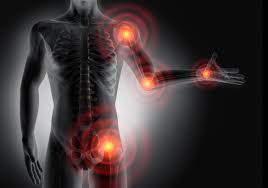

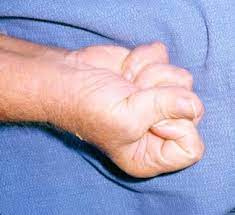

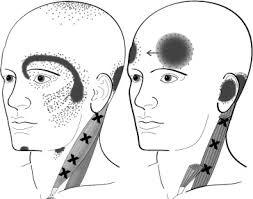
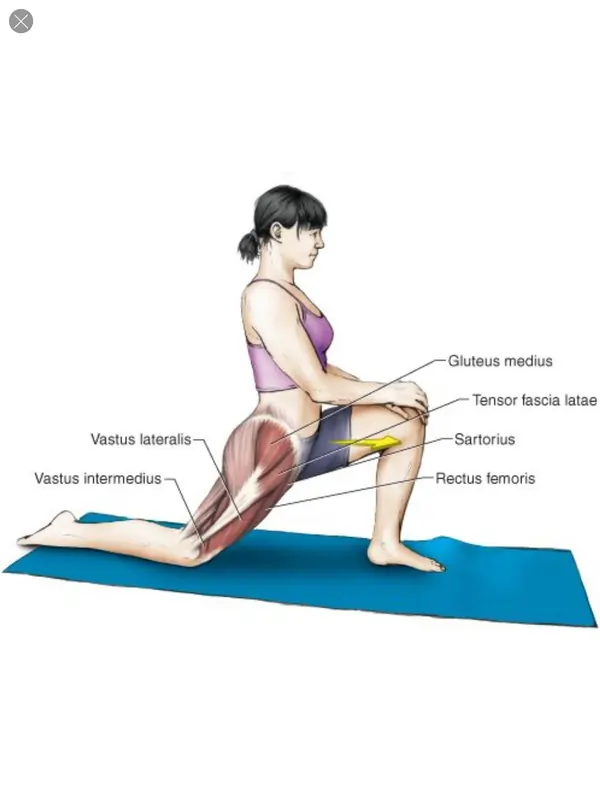
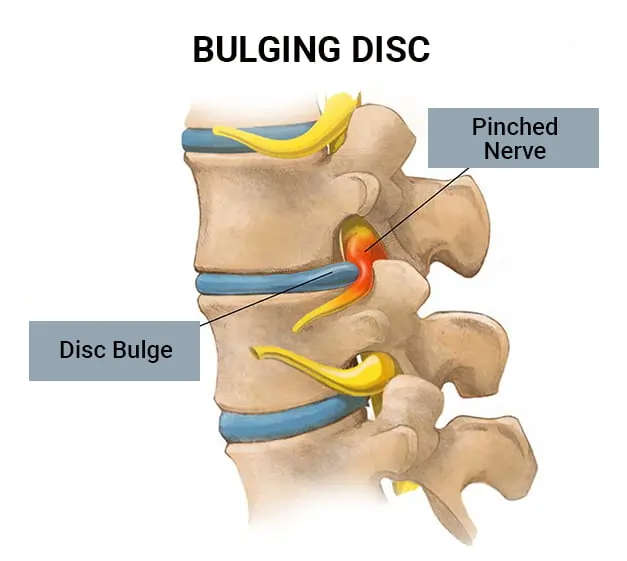
One Comment